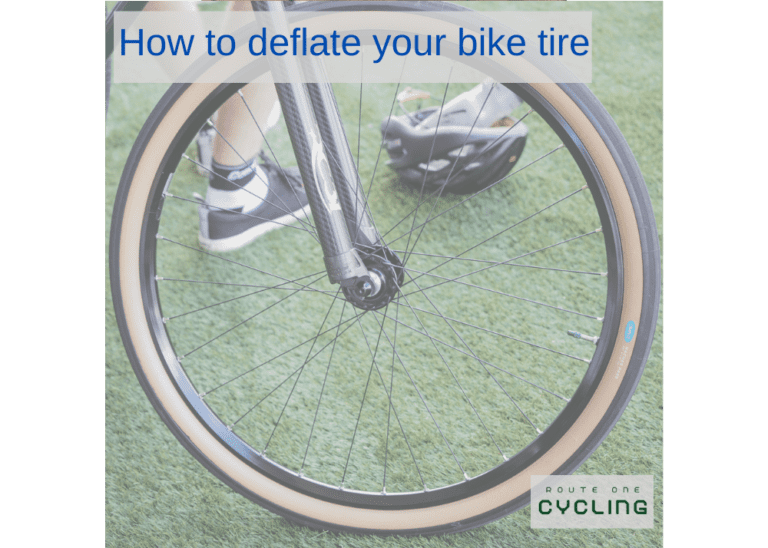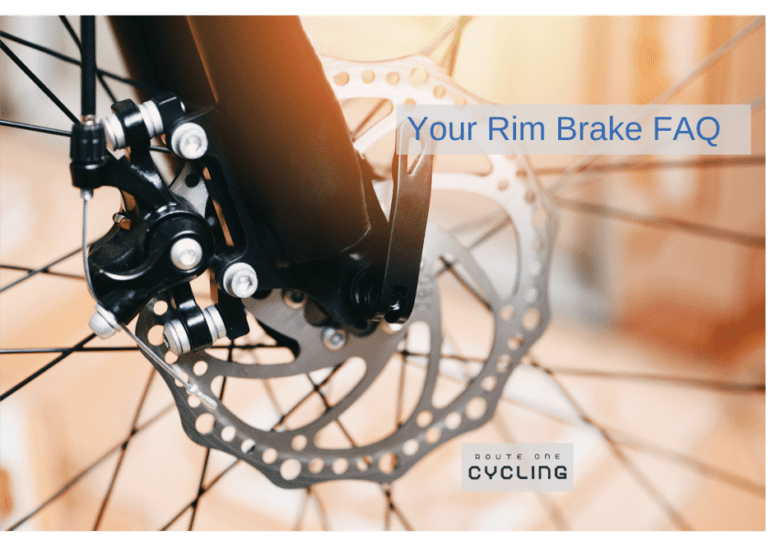When to replace brake pads [Cycling Guide]
Many people ride their bike for a couple of years and have moved through replacing their components until one day they realize that they don’t know when to replace break pads cycling.
It’s a strange realization that the very thing that keeps you most safe second to your helmet doesn’t get considered very often for replacement (Oddly enough, car brake pads get a ton of attention).
I remember the first time I even considered the thought was when I was riding down Hawk Hill during a foggy early morning – yes, fog, no sunlight, dew on ground and an area known to be predisposed to gravel on the ground – this is a great time to wonder when to replace brake pads cycling.
Lucky for me, it was not at that time.
In this post you will learn when you are supposed to replace your brake pads cycling on rim brakes. You will know what to look for on your pads and also how to tell while you are riding when it is time intuitively to replace your brake pads.
When to replace brake pads
The easiest way to tell when you are supposed to replace your brake pads is to look at your brake pads. Take a measure stick and measure if your pads have less than .5 millimeters left of braking pad left. At that point you should replace your brake pads.
The bicycle at that point will be telling you that it is time to replace the brake pads before then any way.


How do I know when my bike brake pads need replacing?
The easiest way to tell is by feeling what the bicycle is telling you. When you are riding down Hawk Hill and you have squeezed your front and rear brakes completely shut and your bicycle is not stopping as quickly as it was 3 months ago, then it is time to replace your brake pads.
You will not feel the bicycle brake pads slowly weaken, but you will feel the amount of distance between your fingers moving and the pads gripping onto the rim increase.
Do front brake pads or back brake pads wear first?
If you need to replace only one set of brake pads, look at your front brake pads. Your front brake pads give the most bite and stopping power for the bike, and for most cyclists receives the most use out of the bike.
Further, when both brakes are used, most of the force and friction generated falls on the front pad which will make it wear faster.
(As an aside, it should be made a point to learn to use the front brakes competently without flipping your bike so that you can be safest while biking down hills quickly.)
Conclusion: When to replace brake pads cycling
You should replace your brake pads cycling when you are at .5 millimeters left of material. You will also notice that it will take much more distance from your hands to push the hand brakes to have the material from the brake pad grip the rim.
Typically you should learn to use your front brakes most efficiently if you are road biking. Learn to use it safely so that you do not flip the bike while going downhill, and make sure when going downhill to adjust to the speed you want while cornering so that you can descend most efficiently.


![How much does it cost to replace a bicycle tire [Do I even really need to replace the bicycle tire?]](https://routeonecycling.com/wp-content/uploads/2023/04/How-much-does-it-cost-to-replace-a-bicycle-tire1.png)




